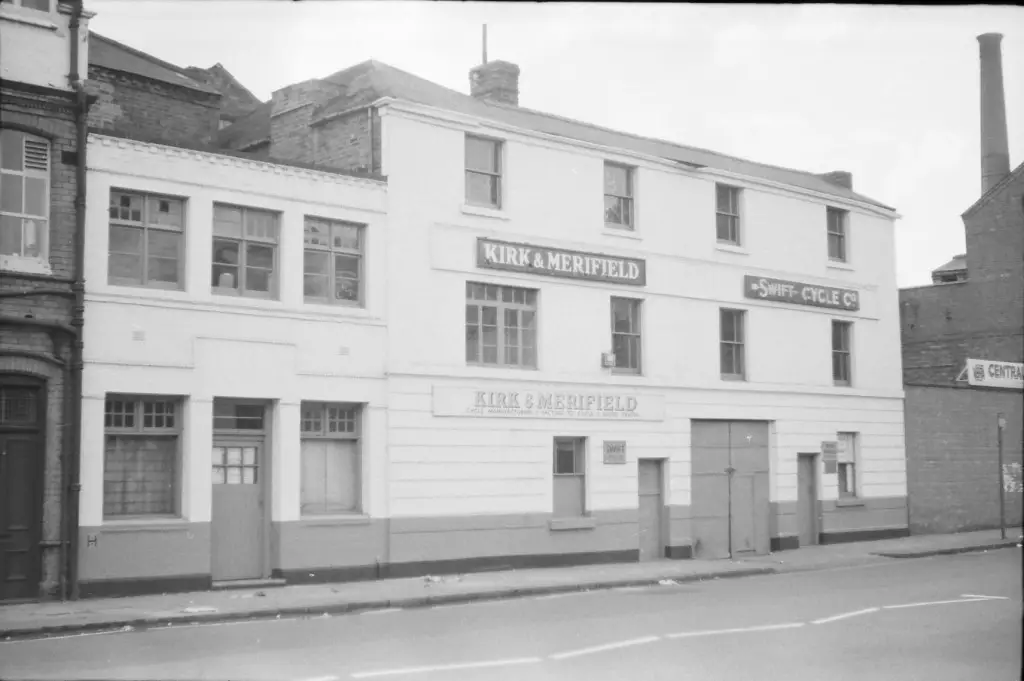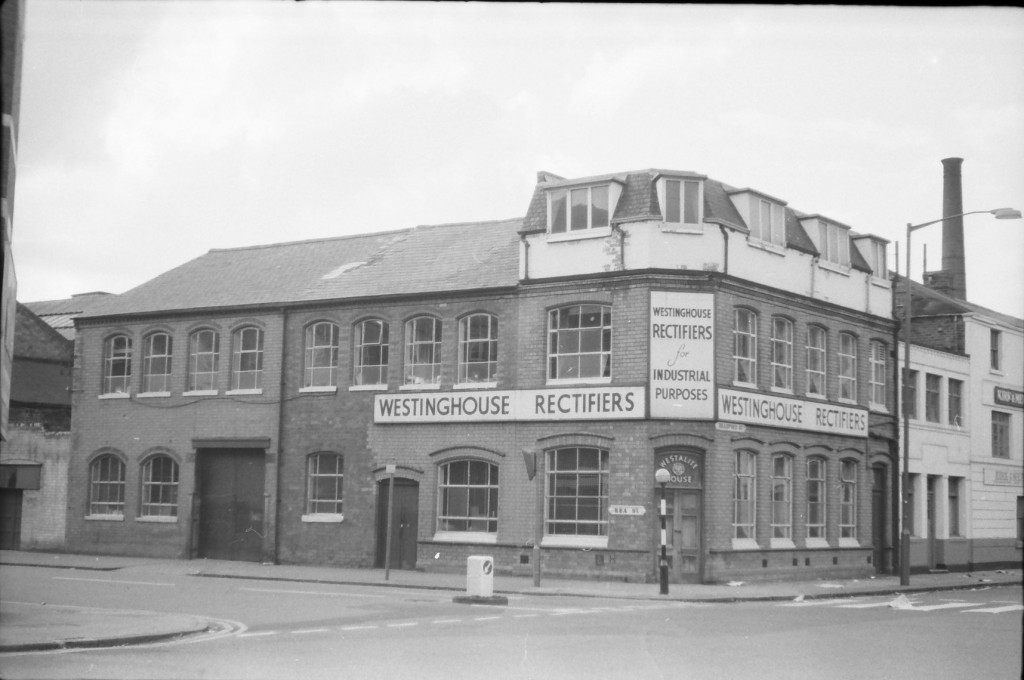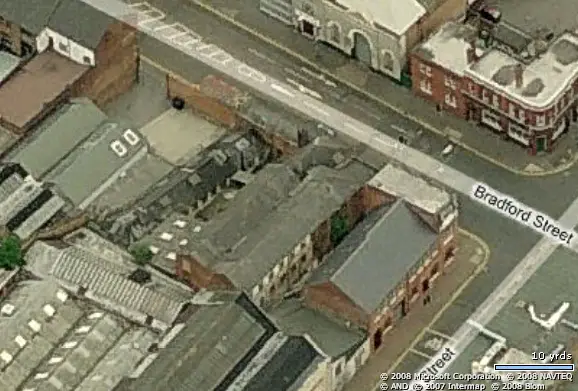Viscount i started work at K + M in 1979 when i first left school, my first job there was cycle assembly, there were 8 of us in a line each building a cylcle from scratch, the frames were brought in from
raleigh in nottingham, as i have said you could have had red or blue, the swift cycles were at the bottom of the range if i remember right, the top end were badged Royal Enfield. most of the parts were from the uk, frames from raleigh, wheelrims from france, tyres from the far east, spokes from a company in aston, as time went on like everything else parts were sourced from the far east, eventually the frames too were from taiwan (and they were so bad, we scrapped more than we used) i left in 1988 for another job in the cycle trade, every year when the new catalogue came out we stored the old copy in an old case, it was full of old ones dating back to the 30's. (whatever happened to it i dont know, probably ended up in a skip ) as i said earlier it was the best job i had and there are some very funny stories and memories i have, the pic from another earlier post really brought back some fond memories, if i can be of any further help then i would be glad to try.
tony[/quote
Thanks for that Tony.
It's really interesting to hear the story.
This stuff gets lost so easily and it's part of our history, isn't it?
And not too long ago either.
Swift was there from the very beginnings of the British bicycle industry.
You only have to visit the Coventry Transport Museum to see that.
They have lots of the early machines there.
Swift exported thousands of machines all over the world in the early days.
Not only to the British Empire but also lots to Russia before the 1st World War.
I've got copies of Swift ads in Russian!!
Their army used them, the Officers having the top of the range models and the Infantry the basic machines.
But they suffered from the depression and 'lost it' in the early 30s.
Kirk and Merifield bought the rights to the name around 1932 and moved bicycle production to Birmingham.
Which is where I got interested because I bought the old machine pictured at the beginning of the thread.
I was puzzled by the fact that it was badged Swift but made in Birmingham!!
And now it's all becoming clear!
I really think it's important to record peoples memories of these things while it's still possible and I'm sure your memories and experiences will be very interesting to cyclists who have an interest in older, vintage bikes.
I'm a member of the Veteran Cycle Club for example and I know for a fact that there are many others in the club who would be fascinated by your recollections!
It seems a bit sad in a way that Swift ended up importing components from the far east, but if that was necessary to keep the business going I guess that's the way of the world right now. Bit like British Leyland in a way....
Your recollections of K&Ms trade catalogues are amazing because if you see the price that those catalogues get now you might be surprised.
£40/50 for a reasonable late 30s one is not unusual...
How about some of these funny stories then

I'll be interested to hear!!
Did they really make Royal Enfields at Bradford Street then?
And if the frames were Raleighs then Swifts were simply badge engineered Raleighs towards the end.
But I've never seen one, nor even seen one advertised for sale.
Do you know how they were sold?
Were they supplied to Bike Shops, for example?
I bet you have lots of tales to tell....
I got plenty of questions to ask you if you have the patience to answer them

Thanks for your time and interest anyway.
John.








